4-wire system for unbalanced loads
A four-wire system is suitable to supply unbalanced, three-phase loads or single phase loads distributed on all three phases of a low voltage installation.

When measuring power on a three-phase system, it is really necessary to take into consideration the fact that the three-phase power supply system might not be balanced (pointers of phase to phase voltages UL1/L2, UL2/L3 and UL3/L1 taken in sequence do not form an equilateral triangle).
Let’s discuss now about three-phase and single-phase wattmeter methods //
1. Three-phase wattmeter method


Three-phase wattmeter measures all three-phase voltages, phase currents and delays between the voltages and currents. On this basis it can calculate the three power levels separately for each phase, as well as the level of the total three-phase system.
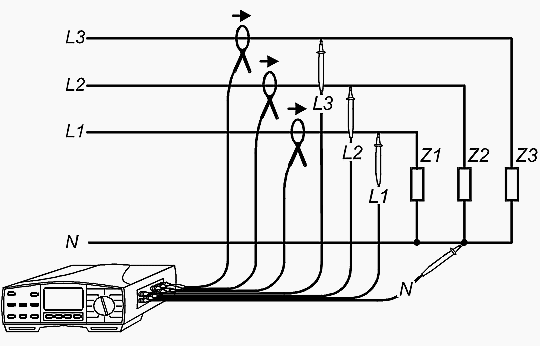

All three power levels can be read out directly on the display of metering device. This method enables power measurement on all three phases simultaneously and is particularly suitable for unbalanced power. In the case of balanced power, one wattmeter can be used and moved to all three phases in three steps.
2. Single-phase wattmeter method
Where there are nonsymmetrical three-phase loads or single-phase loads usually connected to four-wire system, it is necessary to measure power on all three phases (it is not possible to measure one phase only and calculate the power of total three-phase system).
Measurement, using the measuring device runs in three steps, where each step is equal to the measurement on a single-phase system.
First step //
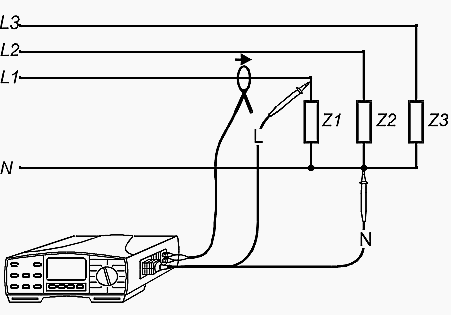

Result 1 P1 = U1 × I1 × cos φ1 (active power)
Result 2 Q1 = U1 × I1 × sin φ1 (reactivepower)
Result 3 PA1 = U1 × I1 (apparent power)
Second step //
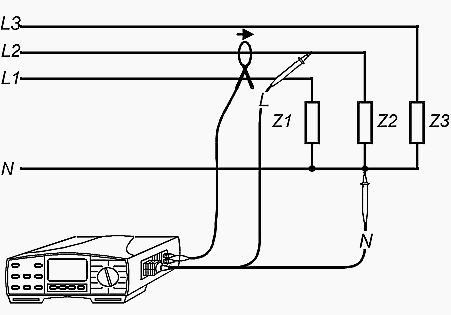

Result 1 P2 = U2 × I2× cos φ2………(active power)
Third step //


Result 1 P3 = U3 × I3× cos φ3 (active power)
Result 2 Q3 = U3 × I3 × sin φ3 (reactivepower)
Result 3 PA3 = U3 × I3 (apparent power)
In each step the instrument measures phase voltage, phase current and delay between the voltage and current.
On the basis the of measured results for each phase, we can calculate all three total powers of three-phase system according to the following equations //
Ptot = P1 + P2 + P3 (total active power of three-phase system)
Qtot = Q1 + Q2 + Q3 (total reactive power of three-phase system)
PAtot = √(Ptot2 + Qtot2) (total apparent power of three-phase system)
PFtot = Ptot / PAtot (power factor)
Reference // Measurements on electric Installations in theory and practice – Instruction manual by Metrel







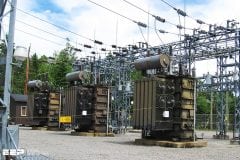
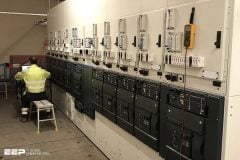


I am an Electrical engineer with 40 years of experience in power plant design,Automation, Teaching etc. This site is simple and useful to power engineers. I am doing freelance consulting now. If you can use me, it will be mutually beneficial. Thanks.
Dr.R.Jayapal,
Coimbatore,India
Ph: +91 9994687310